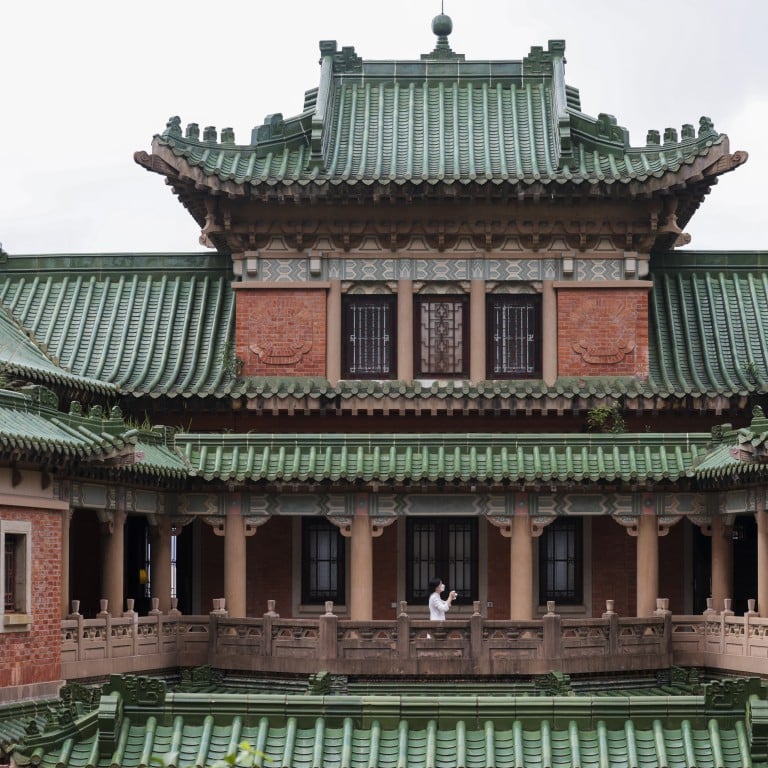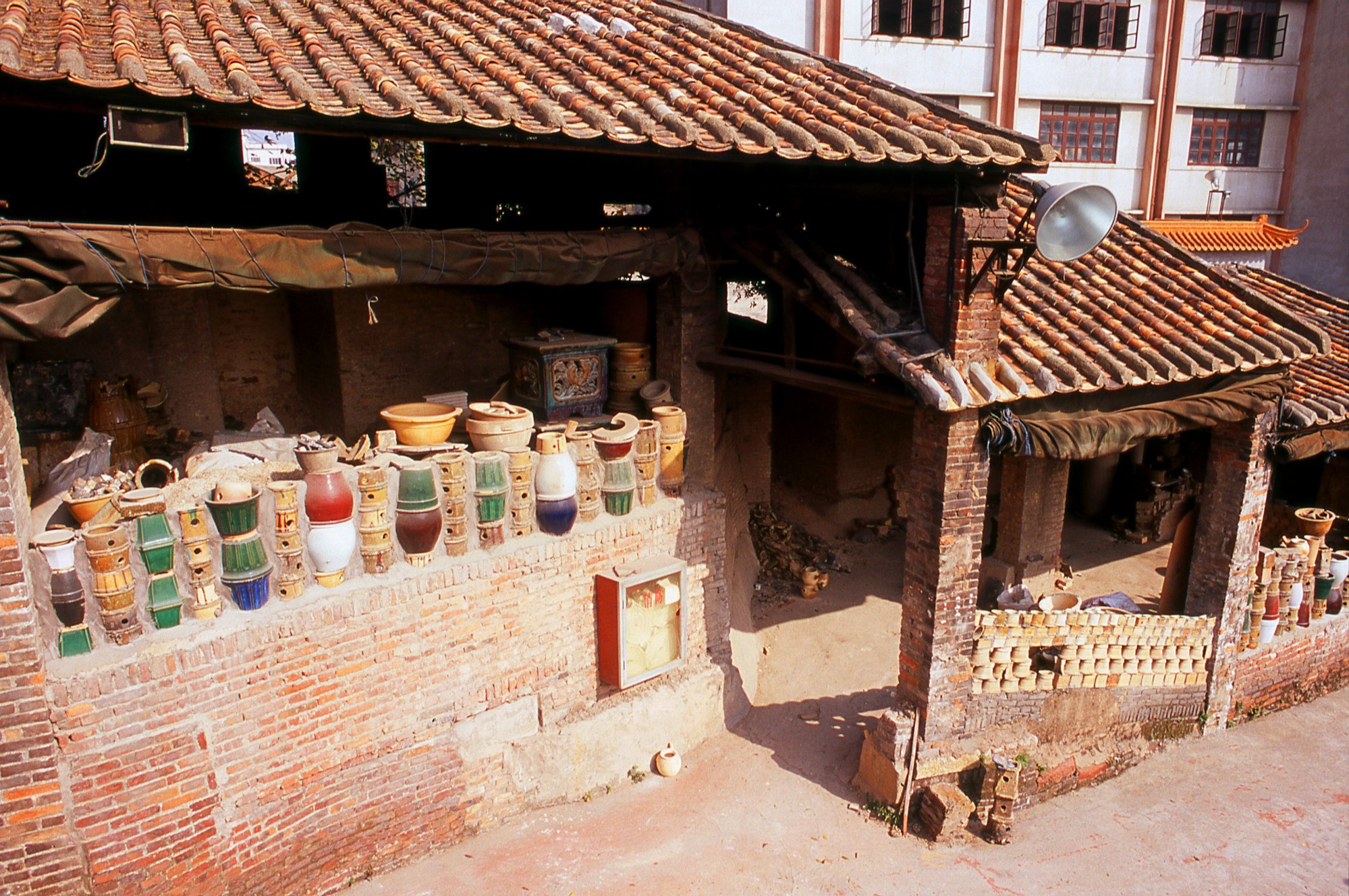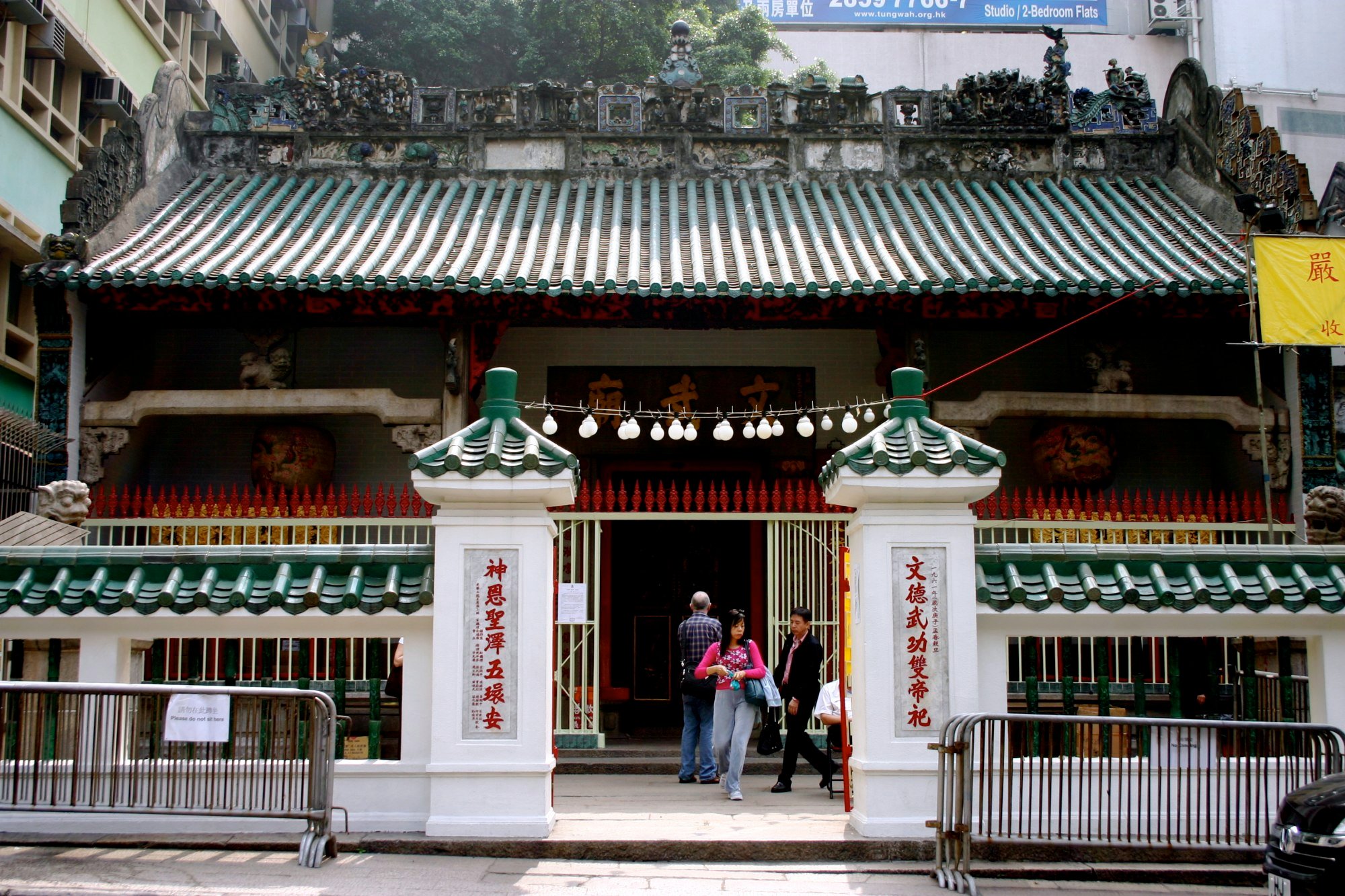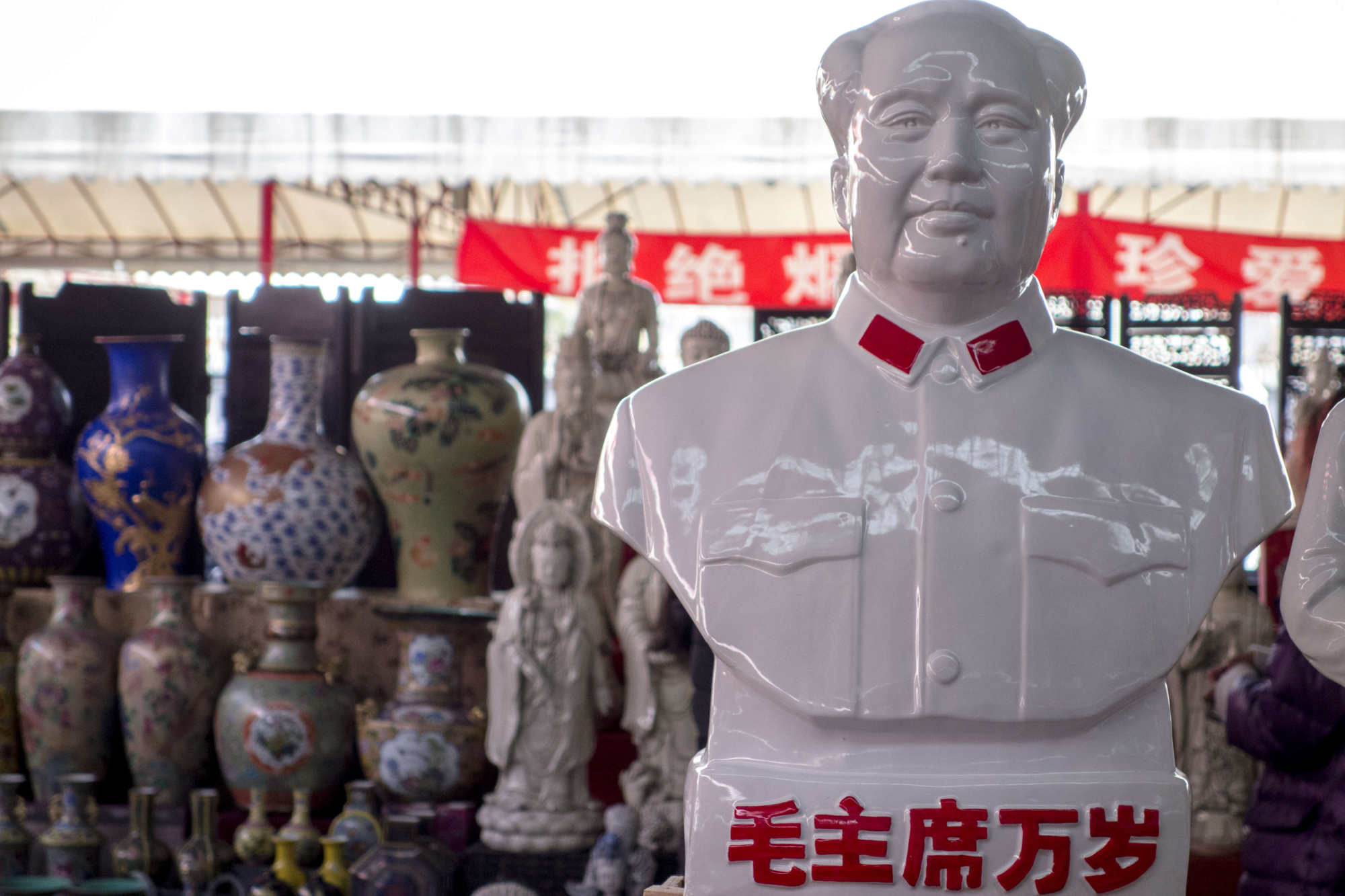
Green-glazed ceramic tiles and decorative items make a comeback, but their quality and colour can’t match Canton-glaze wares of old
- Deep green ‘Canton glaze’ ceramic tiles, pilasters and other decorative items, once commonplace in Southeast Asia, are back in demand for building restorations
- Kilns hundreds of years old in Foshan, southern China, used to export Canton-glaze wares widely, and still turn them out, but lost skills mean lower quality
Right across maritime Asia, including Hong Kong, pottery pilasters with a characteristic deep-green gloss, known as “Canton glaze”, were once a commonplace design feature.
Mostly used to support veranda railings or exterior staircases, or form decorative parapets along roof ledges and garden fences, and once almost too ordinary to notice, these are now regarded as heritage features.
Resurgent popularity in building restorations from Penang and Malacca to Macau and the Pearl River Delta have led to a corresponding increase in their availability.
Besides pilasters, rows of green-glazed, Canton-glaze flowerpots and plant stands, attractively arranged along veranda parapets, terrace edges and the top of garden walls were also ubiquitous. Private gardens across South China were once famed for the use of green-glazed materials.
A potted history of the Chinese porcelain industry
Glazed pottery in other colours – mostly buff and deep cobalt blue – was also produced, but deep Canton green was the predominant variety; in time, this hue became most closely associated with homes and gardens in South China, Macau and Hong Kong.

These kilns produced regionally famous Canton-glaze pots, decorative building materials and ornamental figurines, which were then exported to Bangkok, Manila and beyond. Elaborate Chinese temple friezes found across Southeast Asia are mostly Shek Wan ware.
Some of the oldest and best-preserved Shek Wan friezes found in Hong Kong are along the roof ridges of the Hung Shing Temple, in Wan Chai, and on the Man Mo Temple, in Sheung Wan; both structures date from the late 1840s.

When damaged or destroyed heritage-value materials are literally irreplaceable, any attempted restoration work becomes a next-best effort. Close examination of Canton-glaze materials found throughout King Yin Lei reveals the discrepancies in colour variation that exist, however minor they may be.
During the 1960s and ’70s, when Shek Wan’s historic kilns mass-produced Chairman Mao busts, revolutionary-themed figurines and other Cultural Revolution period souvenir and decorative items, vital skill sets were sadly lost.

Canton-glaze building pilasters, architectural mouldings and pottery are still produced at Foshan, but can be readily distinguished from earlier manufactures due to differences in colour ranges and depths of glaze. The craftsmanship has, however, returned to earlier levels, driven by rising Chinese consumer demand for high-quality work.
Modern Foshan produces an astonishing proportion of the world’s vitreous porcelain products; glazed bathroom tiles, lavatory bowls, sinks, bathtubs and sanitary fittings have long surpassed green glaze pottery items as the region’s most renowned industrial export.
Unhappily, highly toxic airborne pollutants are an inevitable by-product of this industry – along with cement factories – and responsible for much of the choking clouds of windborne dust that waft their way down to Hong Kong during the winter months.

